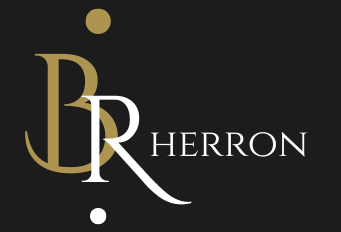In my debut novel, A Level Playing Field, I chose to use the Adinkra Symbol for freedom, to grace the cover of my book. It is also the logo of the Beale Group which the three-book series is written about. You may ask, why? This book, for me, represents a belief in how we can gain economic and social freedom from a world that still has people of color on lockdown.
I can remember when I was in college, my walls were covered with ancient West African proverbs. And one of the Andinka symbols was always at the bottom of each poster. In the African-American society our cultural traditions were taken away from us, the book cover is a start to learning and recapturing some of our traditions.
History
It is believed that the Andinka Symbols originated in the ancient kingdom of Gyaman. Which was located in what is now the country of Cote d’Ivoire (Ivory Coast) and Ghana. In a story told in the Asante (Ghana) tradition, The king, Nana Kofi Adinkra, went to war because the most important symbol of his country, The Golden Stool, was being copied by the Asante people. Today we would have gone to court and sued for copyright infringement. However, back in the late 1700s that meant war.
During the battle, King Andinka was captured and the rich cloth the king was wearing was ripped from his body. Their king used the material to duplicate the famous symbols and claimed them for his country. Today, the Ghanaian people are well-known for the fabrics they produce and the hand-painted symbols worn on their clothing.
Tradition
In the beginning, the cloth with the symbols was for royalty and spiritual leaders only. Much like the kente cloth in Kenya. The symbols were used to communicate a variety of concepts associated with history, beliefs, and philosophy. The Ghanaian people were known for painting the traditional emblems onto cloth. It was tradition to wear clothes adorned with Andinka symbol on important occasions.
Andinka symbols can also represent historical occurrences, societal attitudes, and behaviors. Certain Adinkra symbols now represent particular technological breakthroughs, indicating that the symbols are still evolving as new influences in society.
Today the symbols are used on fabrics, logos, and pottery. And when this book reaches one million copies sold, I’m going to have it tattooed somewhere on my body.
The wearing of tribal symbols is also a tradition here in Panama, the country I now call home. Their tribal symbols are put on fabrics, jewelry, and art. In this country, you know what tribe a person comes from by the symbols they wear. The Ngabe, Bugle, Guna, and Embera tribes all have unique symbols they wear and after six years in this country, I can tell who is who by the symbols they are wearing. Learn more about Adinkra symbols and meanings at; www.adinkrasymbols.org
